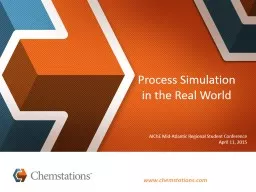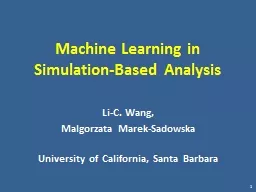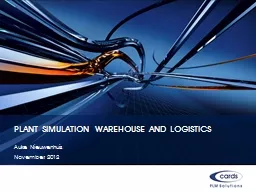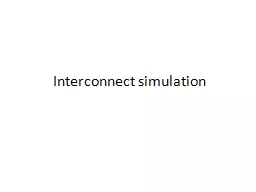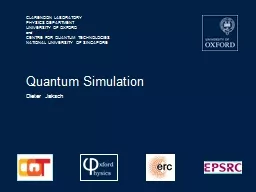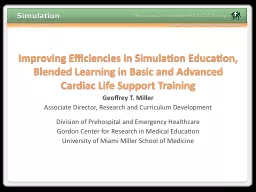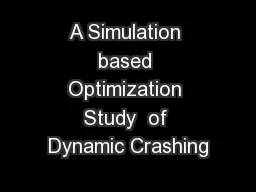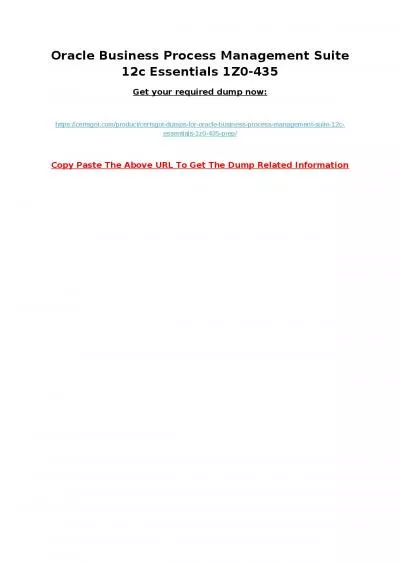PPT-Process Simulation Essentials
Author : liane-varnes | Published Date : 2018-10-26
wwwchemstationscom If there are additional topics within the presentation slide deck or the simulation examples that you would like to see addressed let us know
Presentation Embed Code
Download Presentation
Download Presentation The PPT/PDF document "Process Simulation Essentials" is the property of its rightful owner. Permission is granted to download and print the materials on this website for personal, non-commercial use only, and to display it on your personal computer provided you do not modify the materials and that you retain all copyright notices contained in the materials. By downloading content from our website, you accept the terms of this agreement.
Process Simulation Essentials: Transcript
Download Rules Of Document
"Process Simulation Essentials"The content belongs to its owner. You may download and print it for personal use, without modification, and keep all copyright notices. By downloading, you agree to these terms.
Related Documents

